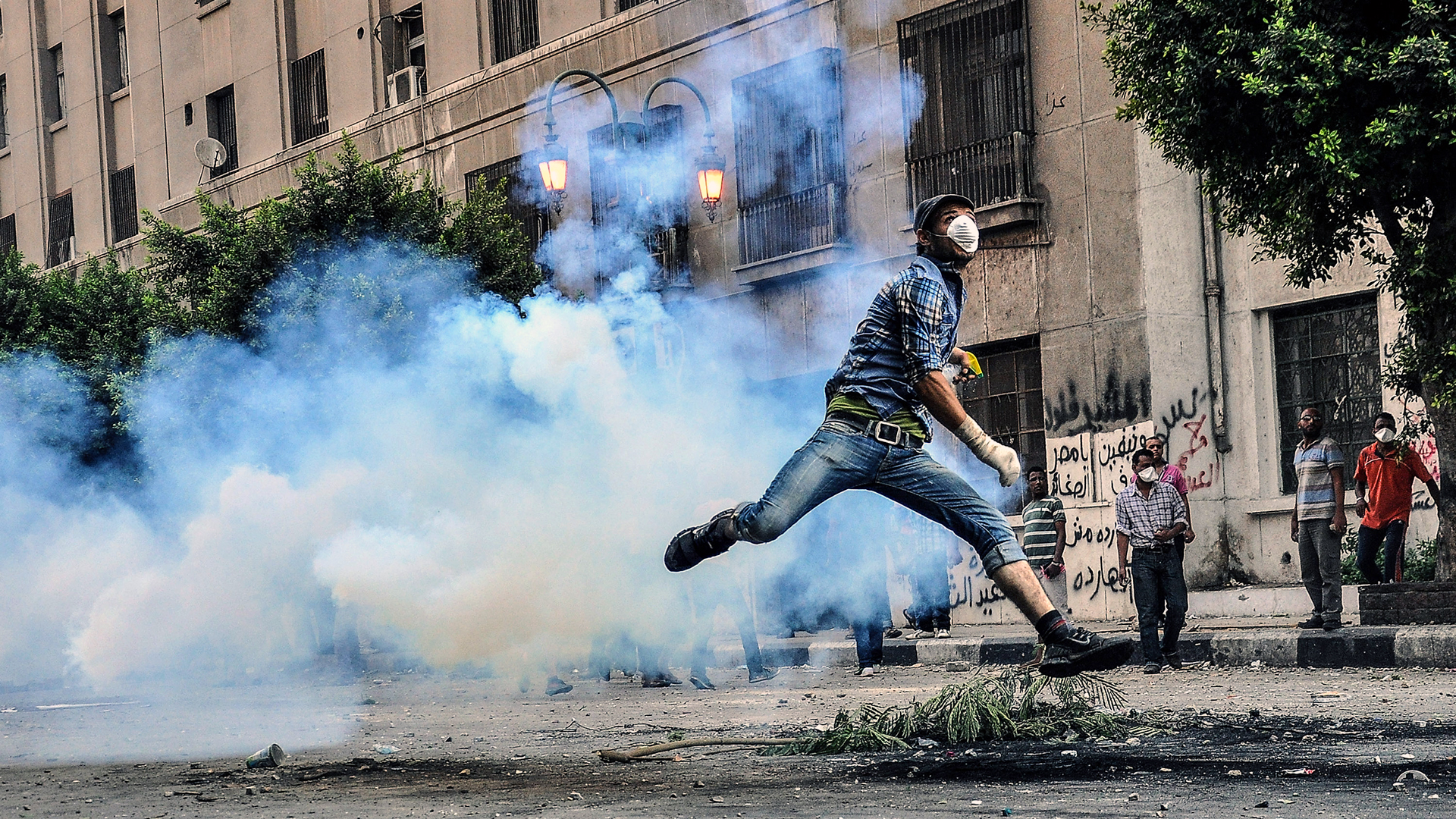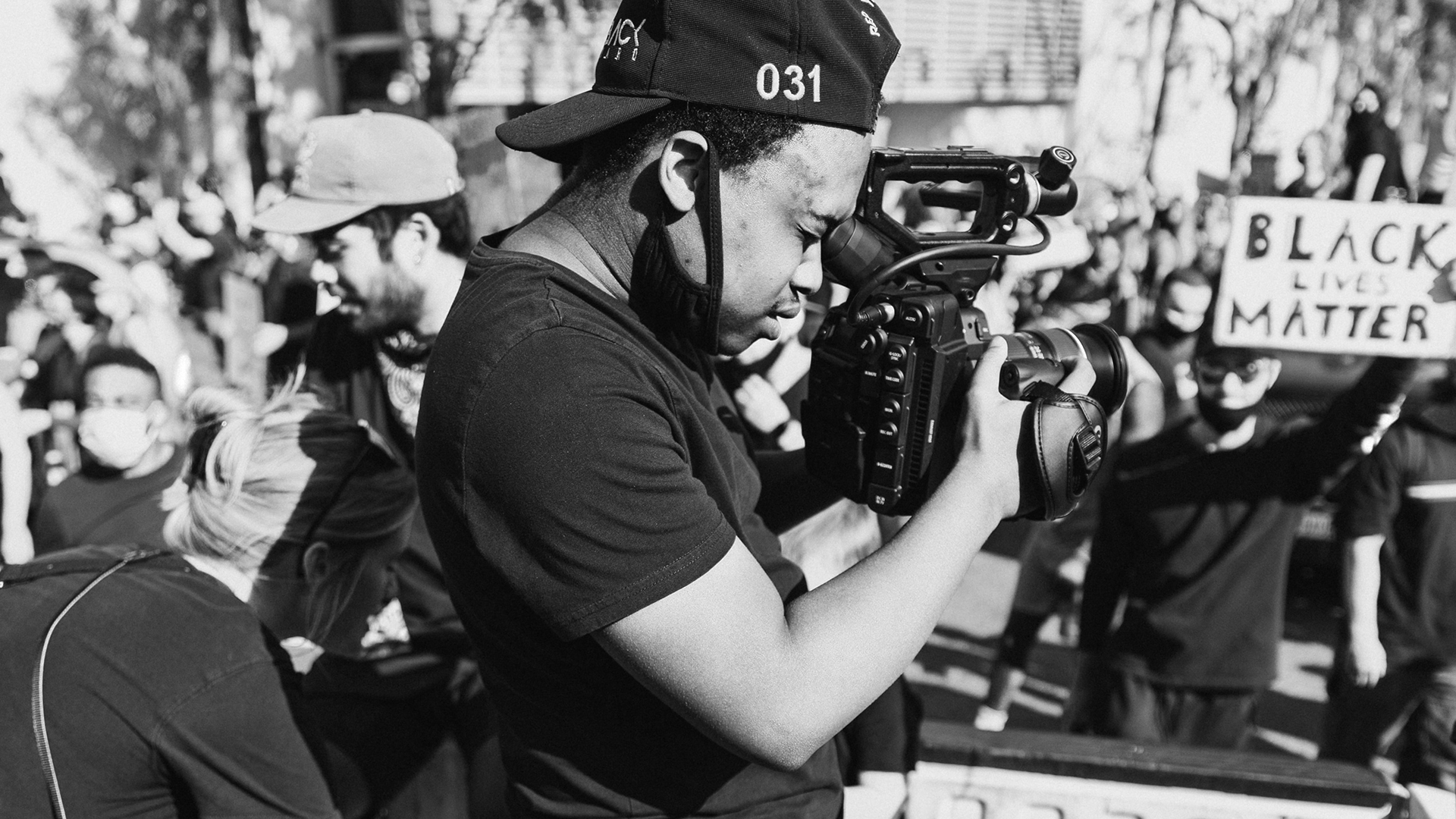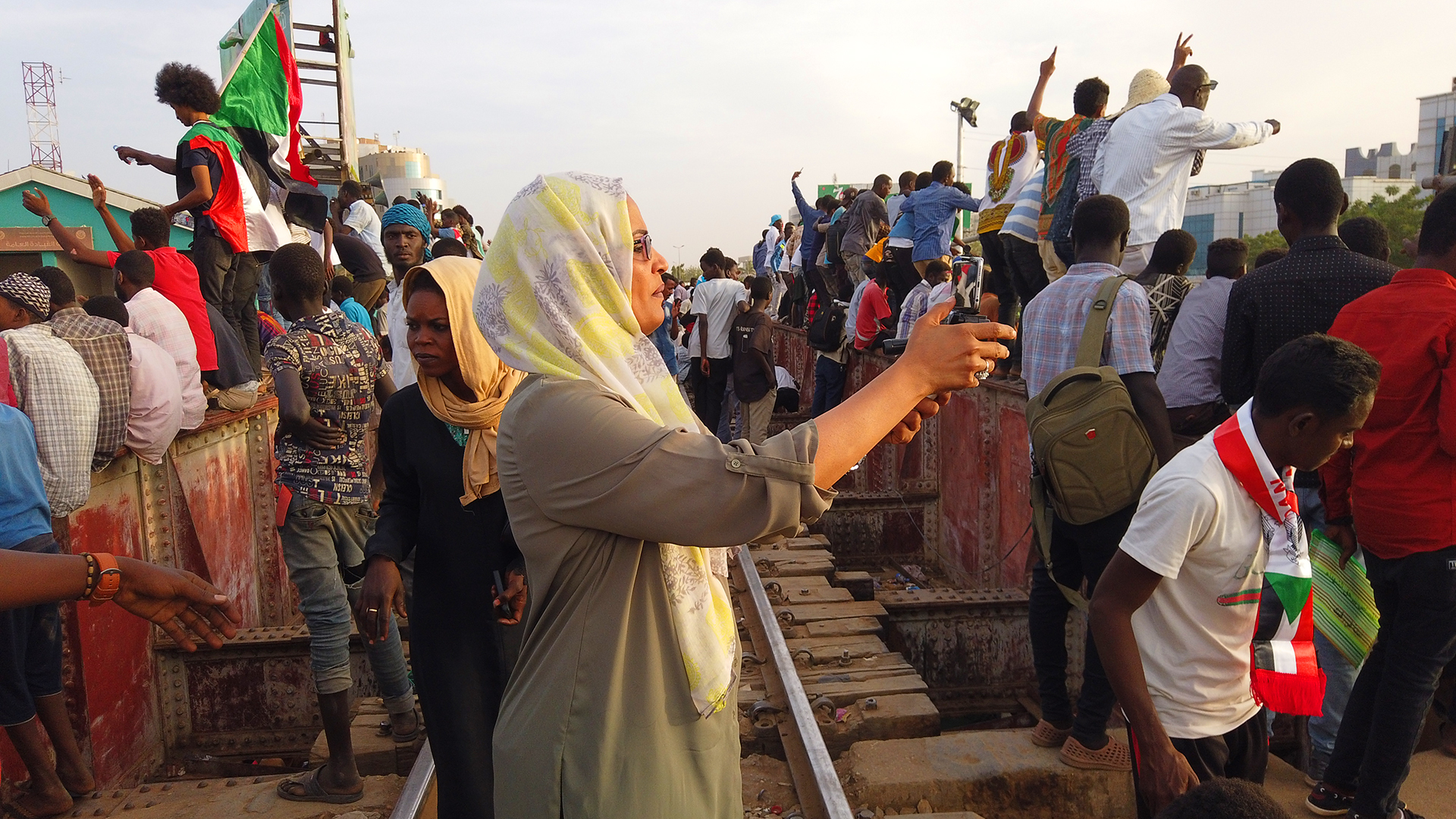Thomson Foundation trainer and award-winning photojournalist Glenn Edwards shares his experience of covering events for national and international publications across the globe, the majority in Africa. Many of his assignments have included covering protests and most recently he has been photographing the Black Lives Matters demonstrations in his native Wales.
Whether a demonstration is at home or in another country, if you don’t know the details of the story and reasons behind the protests, how can you convey this in your photographs?
Often the foundations of a conflict or protest are political or religious, issues that have engulfed the region for many years. Understanding these influence how you approach any situation, what you should wear on location, how you behave. Helping you to better understand your surroundings and integrate more easily.
On any assignment, access to local knowledge is key to finding out the best place to record the story, the time and location of demonstrations, the venue for the leading figures to make speeches. Being able to show an understanding of the situation will give you credibility with local people who will be more willing to help you, confident that you are interested in reflecting events with honesty.
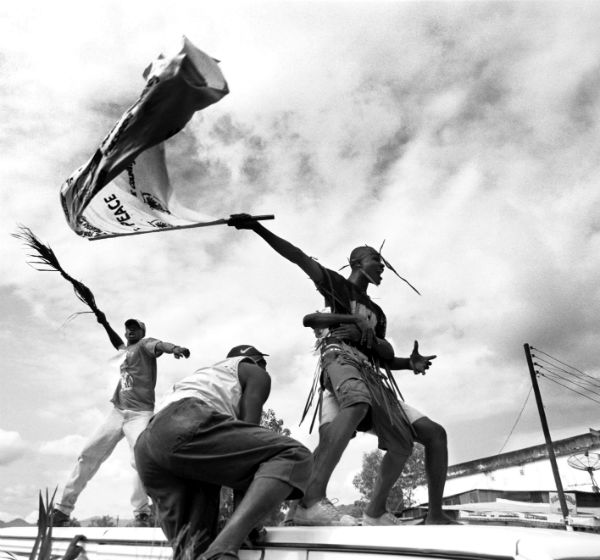
Sierra Leone elections 2002
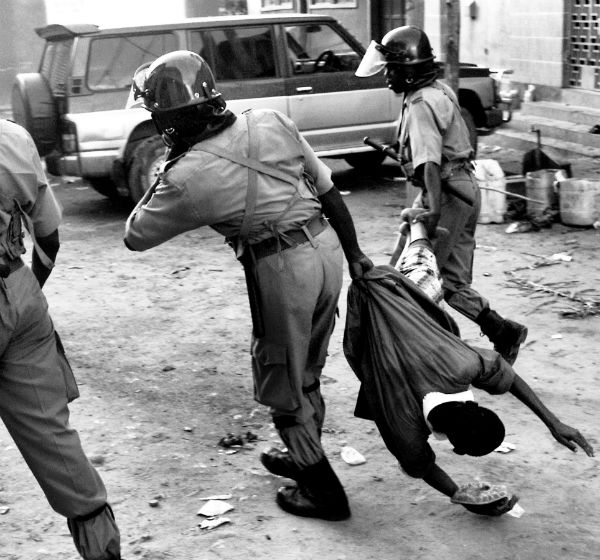
Zanzibar elections 2005
Why are you going? Who are you there for?
Before embarking on an assignment that will involve expenditure, you should think of the cost implications and how you will sell your work.
As an individual, why are you going? If money is the motivation, in my experience, you are likely to fail. The competition is vast with numerous picture agencies covering any news story.
Picture desks
Tell newspaper and magazine picture desks you are going before you travel. It is unlikely you will get a commission. The usual response is “great, show us your work when you get back” which is often too late. However they will know you are there if they need more pictures.
News agencies
Tell the agencies you are going as they sometimes need a second photographer. This will also raise awareness of your work with them. If you are working for an agency everything should be organised, but talk to them before you go so you know their procedure.
Other markets
Look for stock libraries suitable for your work for long-term sales.
Look for other work with, for example, non-governmental-organisations (NGOs). However, don’t forget you will be gone in a week or a month, leaving the charity workers still there. Don’t do anything or put yourself in situations that could put these people at risk when you are gone.
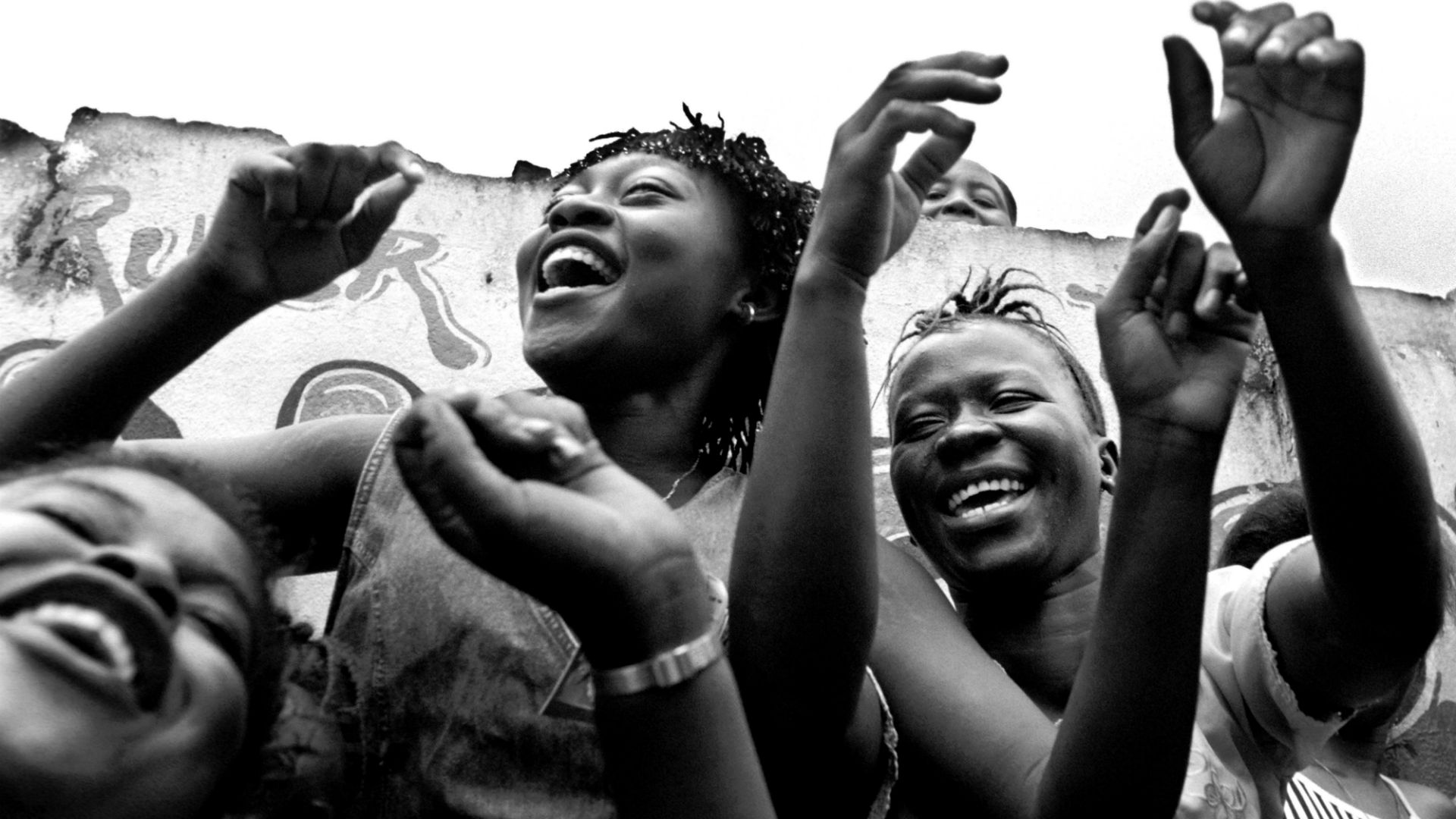
Sierra Leone elections 2002
Telling the story
Often it is good to move away from the “front line” and look for stories that show the consequences and reasons for the demonstration. Stories the agency staff photographers may miss.
Think of the longer story, the bigger picture, a story you can work on for the whole time you are there. This broadens your market for sales, giving yourself the options of single-picture and picture-story sales. Research this before you leave but also use your eyes and ears while there to find stories the agencies could have missed or didn’t have the time to look at.
Be fast
Make sure you get your photographs to all the picture desks early and regularly every day. The news agencies are geared up to get pictures away first, and usually do, but it's good for your name to be seen on picture desks for the future as well as the present. If you send pictures regularly you will be seen as reliable, which is very important to media organisations.
Get your pictures into picture agencies the same day so they can distribute your work immediately.
Equipment
My advice is to keep it simple. Carry a minimum of two camera bodies with a wide and telephoto lens and leave a spare camera in the hotel. You will be moving fast so don’t be cluttered with equipment but always have in mind one camera may get damaged or fail. Don’t forget to take spare batteries and other essentials. You may not be able to pop into a shop for spares in the middle of a protest.
Ethics/Respect
You are a photojournalist and your work must be objective, honest, and respectful.
Under no circumstances should your pictures be manipulated using tools such as Photoshop. Nothing added and nothing taken out is the rule. If you break it and are found out you would never work for any agency or media organisation again.
Captions
Be truthful. Make sure your picture captions are honest and not sensationalised or exaggerated in any way.
Press accreditation
Often your press card will not be enough and you will need government accreditation. Different countries have different rules so check in advance. This can take time in certain countries so give yourself plenty of time to apply.
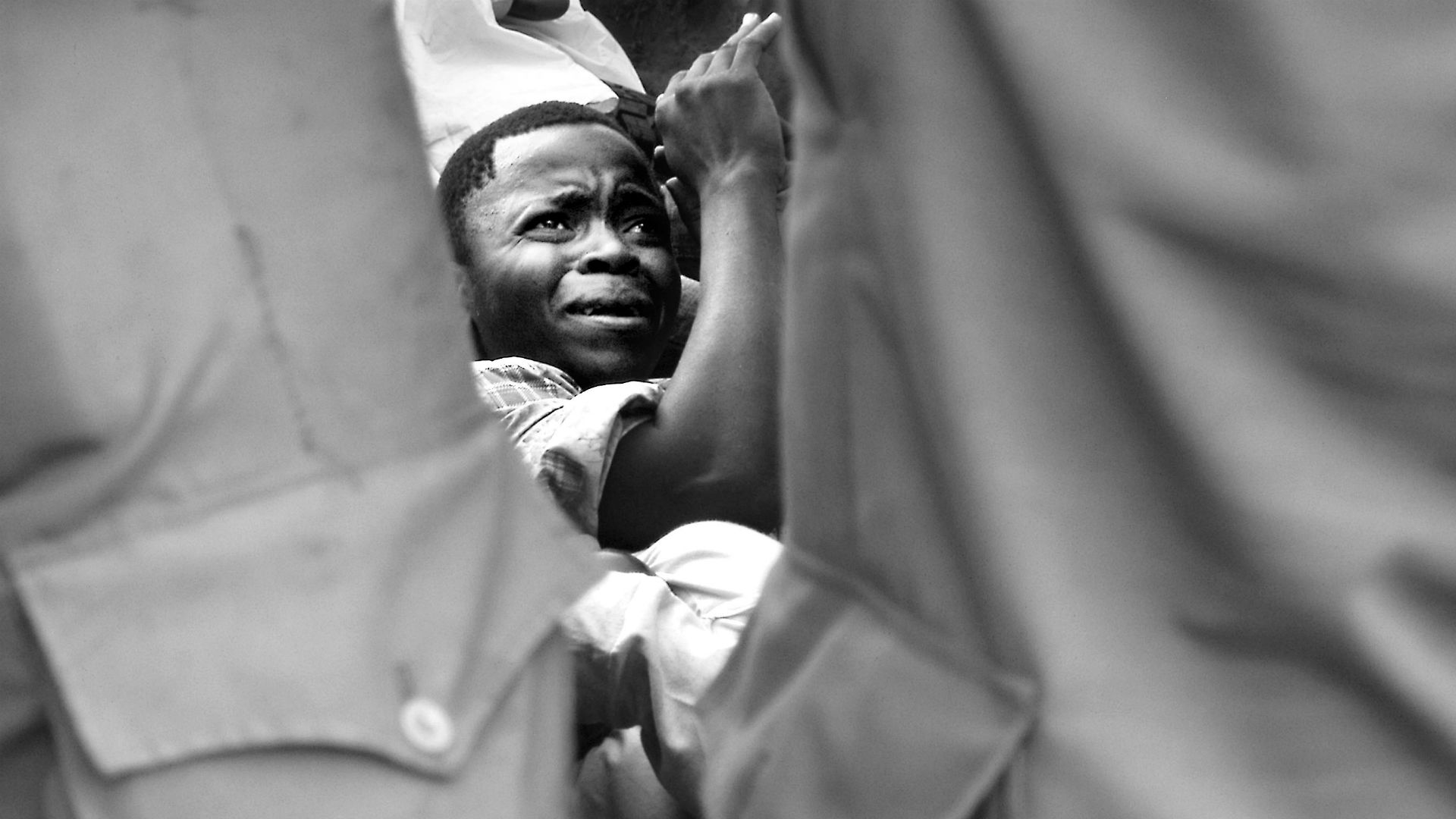
Sierra Leone elections 2002
Safety: Risk assessment & safety equipment
Research as much of the environment you will be walking into as possible. You have to do your own risk management.
A demonstration can start peacefully but soon erupt into violence with tear gas so you must be prepared physically, mentally and logistically. This means choosing trustworthy fixers, taxi drivers and contacts.
Most of this can be done before you go by contacting recently returned photographers and journalists, researching social media and news outlets. But if you can’t, spend time when you get there finding the right people. They can be invaluable and don’t forget to budget for this.
If you are new to photojournalism, look and learn from those around you. Most experienced photographers will help with advice.
Though photographers are in competition to get the best picture, when the situation is dangerous there is an element of teamwork. Work in a team or at least in pairs. By doing this you can look out for each other.
Agency photographers will usually have vests and masks to identify them as press but many freelancers may not be able to afford to purchase the necessary protective gear. I say it is up to you to do your own risk management, but it is highly recommended.
Glenn's assignment checklist
- Do I know enough about where I am going?
- What are the potential risks?
- How well prepared am I?
- How will I keep in contact with family and picture desks?
- Is the connectivity such as Wi-Fi good enough?
- How will I send my pictures?
- Am I physically and psychologically ready?
- Do I really want to cover the story?
Related content
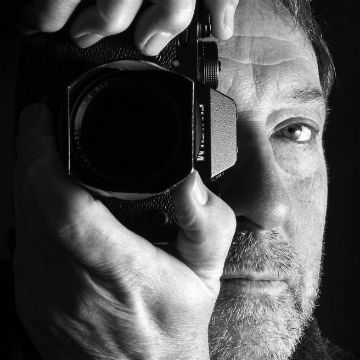
Glenn Edwards
Photojournalism
Glenn is an award winning photojournalist who has travelled the globe covering assignments for national and international news organisations. The majority of his work has been in Africa.
Glenn is an award winning photojournalist who has travelled the globe covering assignments for national and international news organisations. The majority of his work has been in Africa.
